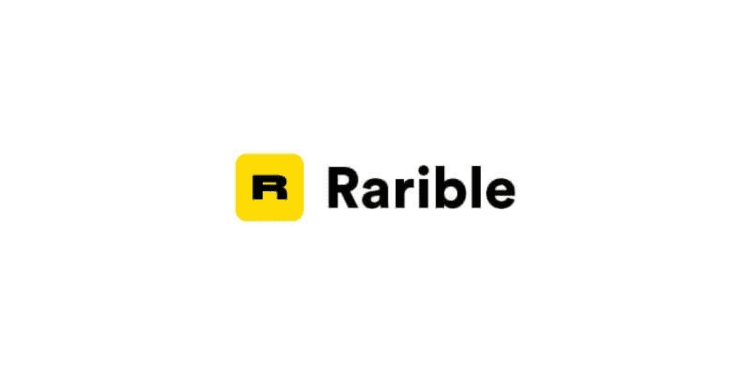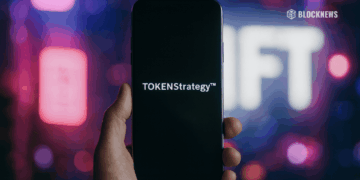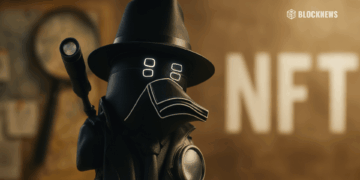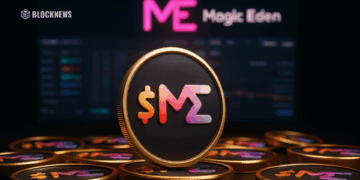- Rarible’s recent boost in trading volume may be linked to its commitment to NFT creator royalties.
- Other platforms, like OpenSea, experienced reduced support due to shifting stances on royalties.
- DappRadar data reveals Rarible’s single-day volume surge, surpassing competitors like OpenSea and LooksRare.
Rarible, a popular NFT marketplace, recently reported a significant increase in its trading activity. This jump is believed to be a result of the platform’s firm commitment to recognizing and upholding the royalties of NFT creators.
In contrast, OpenSea, another NFT platform, has been in the spotlight for less favorable reasons. Its decision to withdraw support for creator royalties led to a decrease in backing from multiple NFT projects. Observers believe this shift in support is directly connected to the growth Rarible experienced.
DappRadar, a top-tier analytics provider, revealed that Rarible’s trading volume skyrocketed by 585% within 24 hours, reaching a value slightly over $45,000 by the 23rd of August. While these figures may seem small in comparison to other platforms in the same period, they stand out. Both OpenSea and LooksRare, rival platforms, faced declines in their trading volumes by approximately 19% and 74%. On the flip side, another player, X2Y2, saw a modest increase of 8.8%.
Alex Salnikov, who co-founded Rarible, has been vocal about his concerns regarding platforms that overlook artist royalties. By the close of September, he made it clear that Rarible would avoid engaging with other platforms like OpenSea, LooksRare, and X2Y2. Salnikov believes in the true spirit of the NFT market, underscoring its ability to redefine the way creative work is appreciated and rewarded.
Earlier this year, in February, OpenSea confessed that it was no longer upholding NFT creator royalties, influenced partly by its competitor Blur, which did not prioritize such enforcement. By the middle of August, OpenSea also announced the end of its tool which enabled creators to avoid platforms that bypassed royalty rights. The tool was shelved primarily because it wasn’t popularly used.
On a related note, NFT initiatives built on Ethereum have indicated a decrease in royalties. Recent data from July, sourced from analytics leader Nansen, indicated that these royalties reached their lowest point in the last two years.
NFT Market Slump Dominates 2023
As the year progresses, the once-dominant world of Non-Fungible Tokens (NFTs) witnesses a dip, with several indicators pointing towards shrinking sales volumes in various marketplaces.
Foremost among these indicators is the waning global enthusiasm for NFTs. Notably, previously sought-after collections such as Doodles and Moonbirds have felt the sting of this decreasing interest. Concurrently, the volatility in the NFT market has become more pronounced in 2023. March saw a high with trading volumes rocketing to $2 billion. However, by mid-May, figures fell drastically, venturing below the $1 billion mark.
Yet, it’s not all gloom. The market is observing a pivot. There’s an evident shift of focus from high-ticket “blue chip” NFTs to affordable digital collectibles. This trend is exemplified by the average NFT sale in July, which was a modest $47, even as transaction numbers held steady.
Drawing a comparison, the consistent slide in sales this year is in stark contrast to the NFT renaissance of 2021. Collections that once led the charge, like Bored Ape Yacht Club and Azuki, now grapple with reduced floor prices. That said, not all hope is lost. Some, including Gods Unchained and CryptoPunks, have managed to record slight increments.














